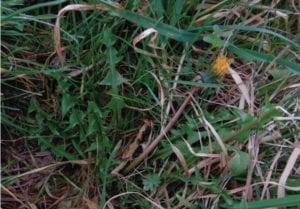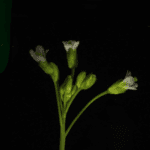As the snow melts and the sky clears, dandelions spring up on lawns across Canada—but take a closer look, there’s more diversity there than you might realize. British Columbia (BC) is home to a wide variety of species of Taraxacum, the large and geographically widespread genus that includes dandelions. Many of these species are exotic, mostly introduced from Europe. Collections of exotic species made in North America are typically identified as either T. officinale or T. erythrospermum, disregarding large differences in the plants’ morphology, ecology, and geographical distributions, and this lumps many species into just two.
The status quo causes confusion, since neither species description is a good match in many cases, and the genus is difficult to identify to species, even with a clearly defined key. This has led to most exotic specimens in North American herbaria being misidentified, except where they’ve been annotated by a European taxonomist.

Taraxacum celticum, section Celtica, Saanich Peninsula, British Columbia
A recent study published in Botany aims to change this. Author Curtis R. Björk of the Beaty Biodiversity Centre at the University of British Columbia applied the exacting standards of European Taraxacum taxonomy to develop a more comprehensive framework for identifying exotic species present in British Columbia. Examining over 550 specimens comprising more than 100 species of exotic Taraxacum with European origins, Björk described seven sections (the taxonomic grouping under genus) plus one unranked group present in BC, and he presents a key to facilitate accurate identification.






